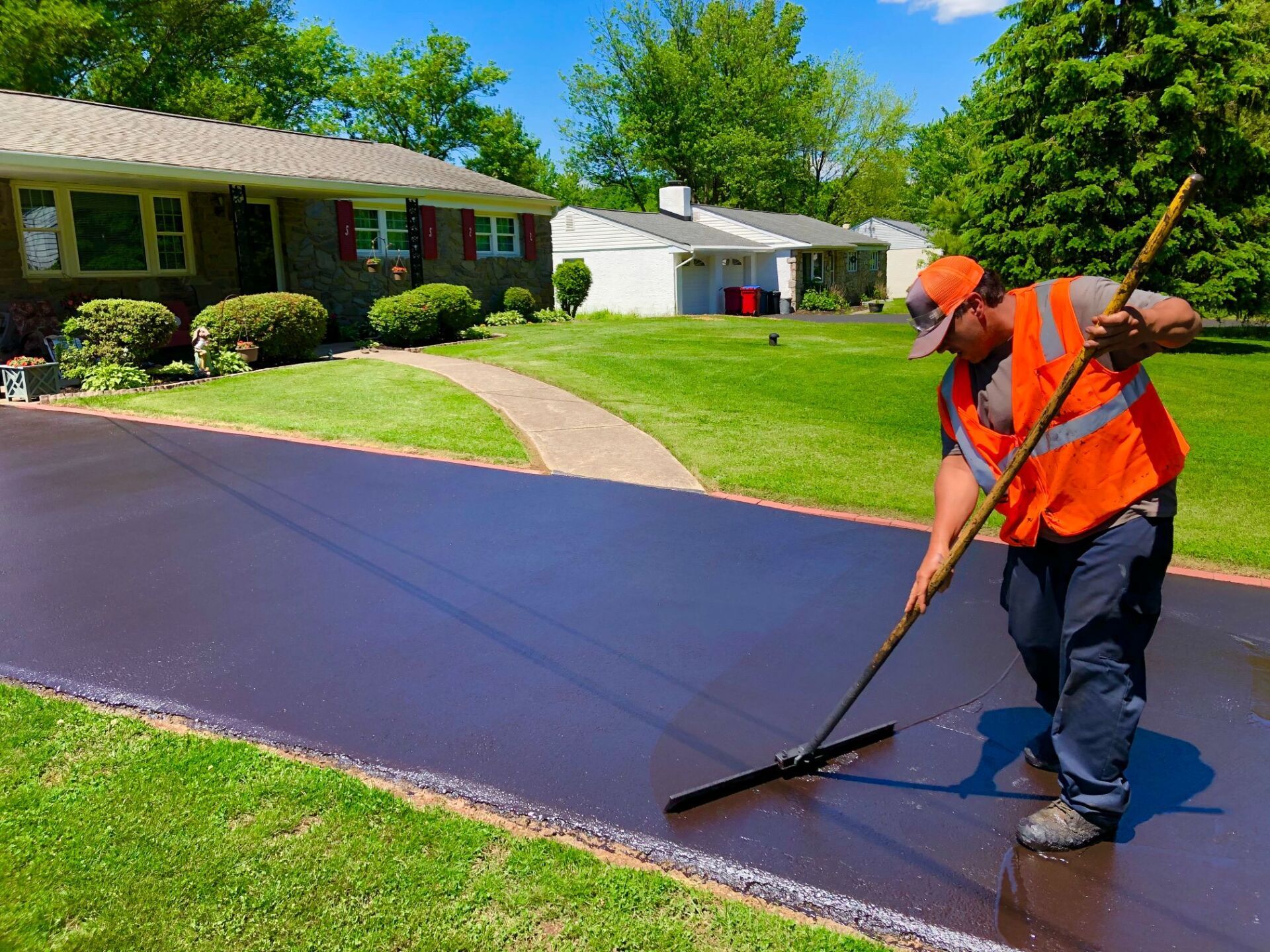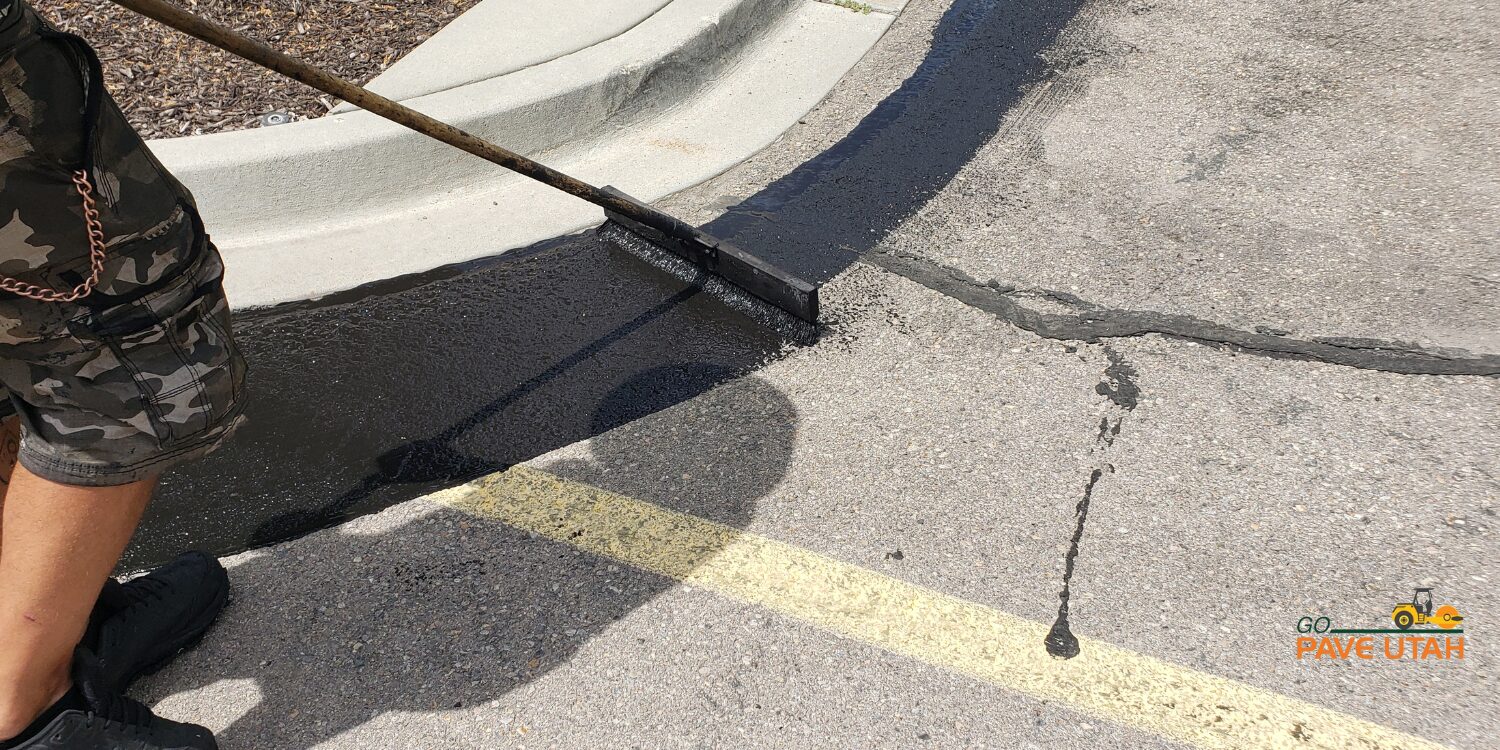Cold Mix Asphalt Vs. Hot Mix Asphalt: Which Is Right for You?

Structure Distinctions
Cold mix and warm mix asphalts vary dramatically in their make-up, with unique attributes that influence their efficiency and applications. Cold mix asphalt is generated by emulsifying the asphalt binder with water and an emulsifying agent before blending it with aggregate. This approach enables for the asphalt to be practical at lower temperature levels, making it suitable for short-lived repair work and for use in colder climate conditions. Hot mix asphalt, on the other hand, is produced at high temperatures, typically in between 300-350 ° F, which aids to accomplish much better compaction and a much more resilient final product. The warm mix asphalt manufacturing procedure entails warming the aggregate and asphalt binder separately prior to incorporating them at the asphalt plant.
Additionally, cool mix asphalt tends to be much less dense and a lot more adaptable than warm mix asphalt. This adaptability makes it better suited for areas with greater levels of activity, such as driveways or roads with hefty web traffic. In contrast, hot mix asphalt is known for its high resilience and resistance to rutting and cracking, making it a preferred choice for highways and high-traffic roadways where long life is critical.
Setup Refine Variations
The procedure of installing cool mix and hot mix asphalt exhibits significant variations in their treatments and requirements. In comparison, hot mix asphalt demands a much more elaborate setup process. Due to the home heating needs, hot mix asphalt installments are usually lugged out by experts with specific equipment, making sure a more long-term and structurally audio outcome.
Toughness and Longevity Elements
When taking into consideration asphalt options, resilience and long life are vital factors to evaluate for lasting sidewalk efficiency. Hot mix asphalt (HMA) is recognized for its exceptional toughness investigate this site and durability.
In regards to longevity, HMA commonly outperforms CMA due to its exceptional strength and resistance properties. HMA pavements have a longer solution life, calling for less regular repairs and maintenance, which can translate to set straight from the source you back savings in the long run. Additionally, HMA pavements are a lot more easily adjustable to fulfill certain task needs, better improving their durability.
Expense Factors To Consider
Thinking about the economic ramifications is a crucial element when reviewing the selection between hot mix asphalt (HMA) and cool mix asphalt (CMA) for sidewalk projects. While the preliminary cost of warm mix asphalt is typically greater than that of cool mix asphalt, HMA usually provides an extra affordable option in the lengthy run due to its exceptional toughness and longevity.
In addition to product prices, it's vital to consider the costs linked with setup and maintenance when contrasting HMA and CMA. Eventually, the decision in between HMA and CMA need to take into account not just the preliminary expense but also the lasting financial ramifications to determine the most affordable alternative for the specific pavement task.
Environmental Influence Comparison
Contrast of the ecological influences in between hot mix asphalt (HMA) and cool mix asphalt (CMA) exposes unique distinctions in sustainability techniques. HMA production needs high temperatures, leading to raised energy consumption and greenhouse gas emissions.
Furthermore, the use of CMA frequently involves recycling existing asphalt sidewalk, promoting resource preservation and decreasing the quantity of waste sent to land fills. This recycling facet even more enhances the sustainability of CMA contrasted to HMA. Generally, when considering the environmental effect, CMA arises as a more ecologically sustainable choice due to its lower power demands, minimized discharges, and the potential for recycling existing products. By choosing CMA over HMA, road building and construction tasks can contribute favorably to environmental preservation initiatives.
Final Thought
In final thought, the choice between cold mix asphalt (CMA) and hot mix asphalt (HMA) depends upon various variables such as make-up, installment process, toughness, long life, price, and environmental influence. cold mix asphalt. While CMA uses a affordable and quick service for small repair services, HMA makes sure remarkable resilience and durability for rush hour areas. Take into consideration these elements carefully to figure out which kind of asphalt is the best option browse around these guys for your paving requires

Thinking about the economic ramifications is a vital element when reviewing the option in between hot mix asphalt (HMA) and cold mix asphalt (CMA) for pavement jobs. While the initial expense of warm mix asphalt is normally greater than that of chilly mix asphalt, HMA usually provides an extra cost-effective option in the lengthy run due to its superior resilience and durability. angle parking.Comparison of the ecological effects between hot mix asphalt (HMA) and cold mix asphalt (CMA) discloses distinct distinctions in sustainability techniques.In verdict, the choice between chilly mix asphalt (CMA) and warm mix asphalt (HMA) depends on numerous factors such as composition, installation procedure, resilience, long life, price, and environmental impact